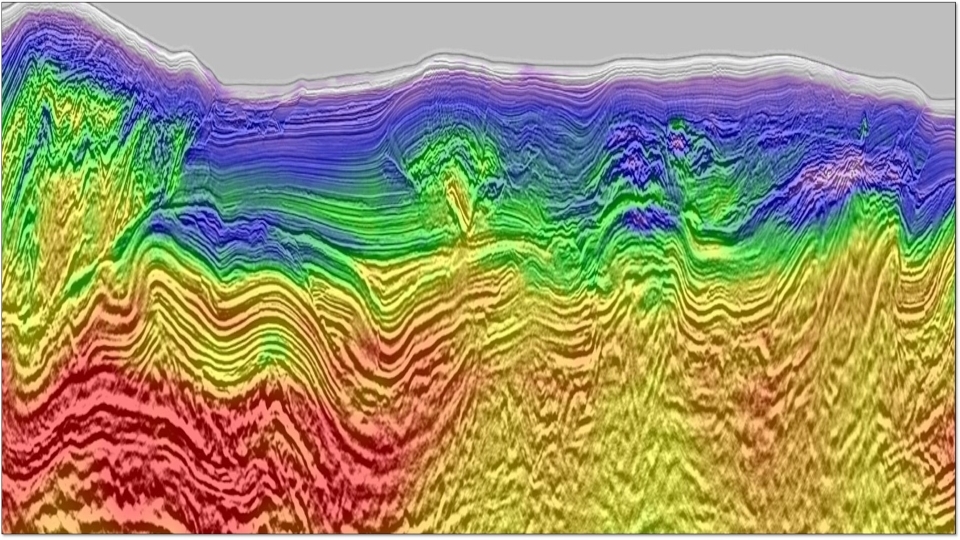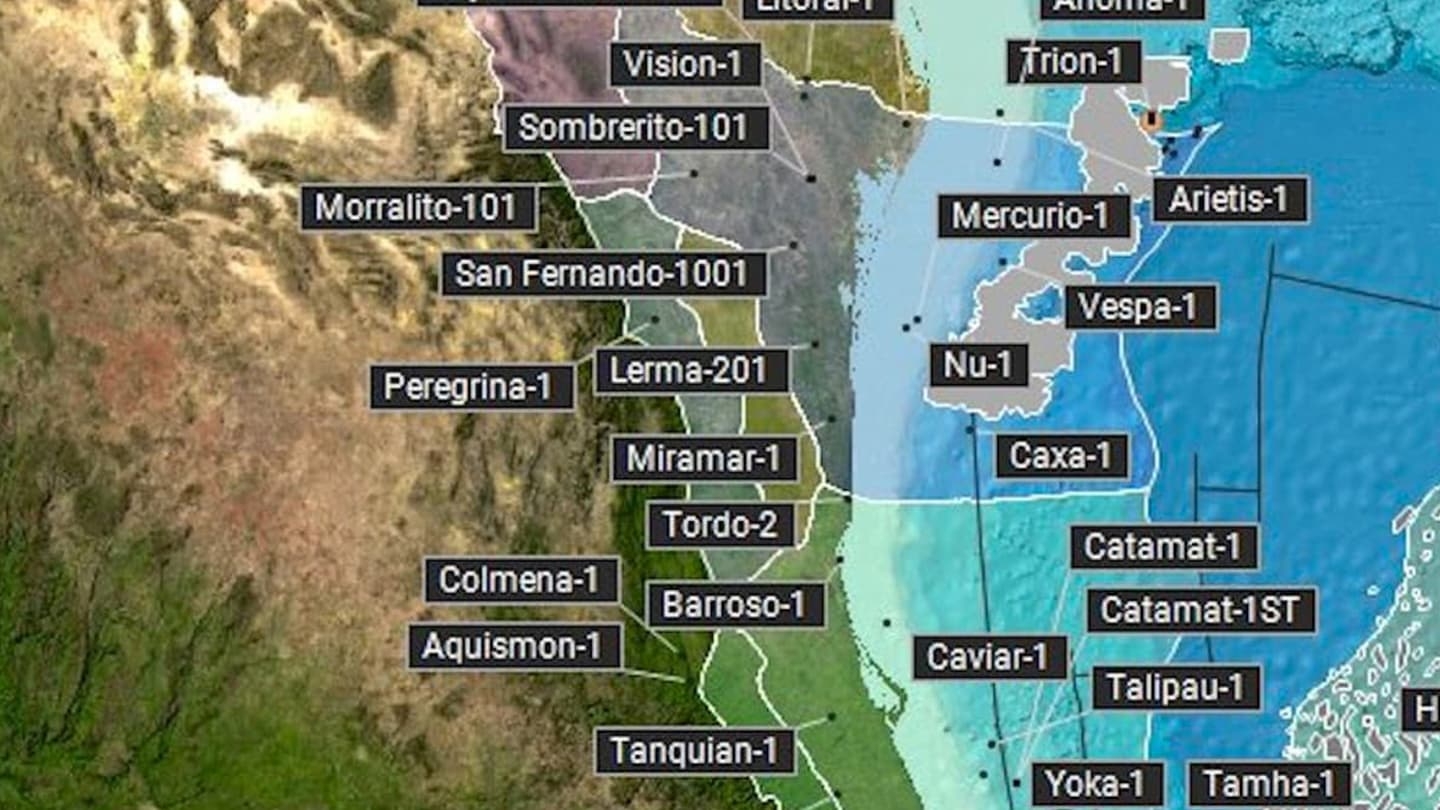Technical Abstract
Improving Sub-Messinian Images in the Nile Delta Using FWI and Least-Squares Q Migration
Back to Technical ContentThe Messinian interval in the West Nile Delta, offshore Egypt, is a thin evaporite layer characterized by highly irregular velocities with rapid spatial variations. Its complexity poses unique challenges for sub-Messinian reservoir imaging, resulting in erratic gather curvatures, distorted structures, and nonuniform illumination. Conventional ray-based tomography suffers from unreliable curvature picking due to poor gather quality, complex gather move-out, and inaccurate ray tracing through the fast and complex Messinian layer. Previous full-waveform inversion (FWI) had little success in this area because of strong amplitude mismatch between recorded data and modelled data at the Messinian layer and the limitations of the existing multi narrow azimuth (multi-NAZ) streamer data, which lacks good low frequencies and has limited offsets. We present a case study that utilizes a model building flow driven primarily by Time-lag FWI (TLFWI) starting from a tomography model with a reasonable long-wavelength velocity. TLFWI using both refraction and reflection data resolved the velocity errors in and below the Messinian interval and provided good uplifts to sub-Messinian reservoir imaging. In addition, least-squares Q-Kirchhoff (LSQ-Kir) migration with the improved velocity model compensated for irregular illumination and earth attenuation without over-boosting noise, thus further improved the S/N and resolution of the reservoir image.
Download Resource 
Publications
EAGE - European Association of Geoscientists and EngineersAuthors
Chi Chen, Huawei Gao, Xin Zhao, Zhao Wang, Jiawei Mei (CGG) ; Mark A. Benson (BP Houston) ; Bethan Turner (BP Egypt) ; Walter Rietveld (BP Exploration Ltd)





